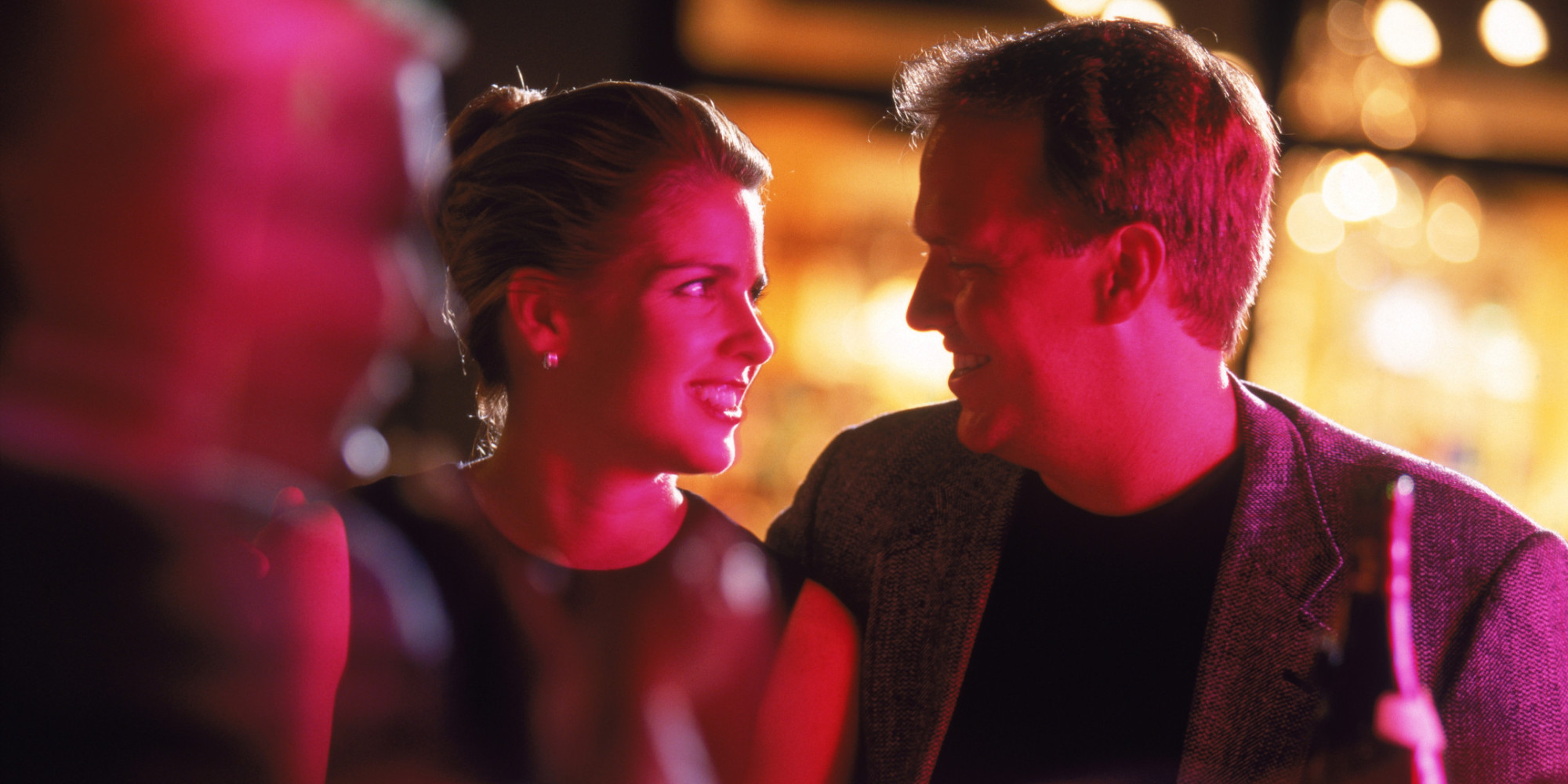

And yes, when you test it, you should do the swirl. Want to get the real gist? Try a blind test like the people did in the first experiment, so you’ll be uninfluenced by pretty language. This shows that your perception of how great a wine actually is may simply depend on how creative the winemaker is with their label-not how good their wine actually tastes. Plus, the elaborate labels elicited more intense positive feelings in the testers and less negative emotions.

(But here are 5 wines that are guaranteed to impress your boss, your date, or your in-laws.) They were also willing to shell out more money for them.

Then they tested them with the same description, but with added facts implying quality, like “our company recently celebrated 170 years of winemaking excellence.”Įven though the wines were exactly the same in all three conditions, people liked them more and rated them higher when they were given fancy information about them. First, they blind taste-tested the three wines without receiving any additional information on them.Ī week later, they were told they were testing six new wines, but they were really the same three as before: first with basic sensory descriptions-“flavors of honey, dried apricots, vanilla, butterscotch and oak,” for instance. In the study, researchers gathered 126 regular white wine drinkers and had them evaluate a Chardonnay, Riesling and Sauvignon Blanc under three conditions. The factors driving your wine choice may have little to do with how it actually tastes: People tend to choose wines based on how elaborate and flowery their labels are, new research from the University of Adelaide in Australia found.


 0 kommentar(er)
0 kommentar(er)
